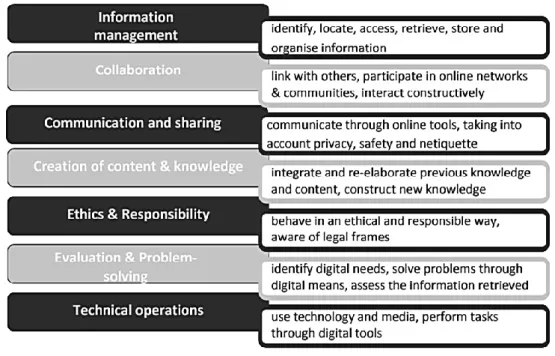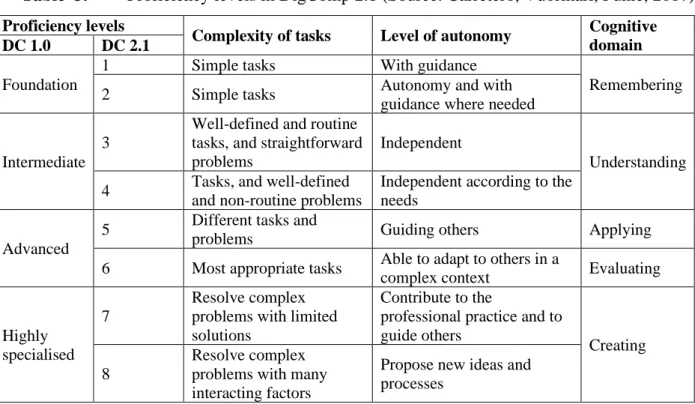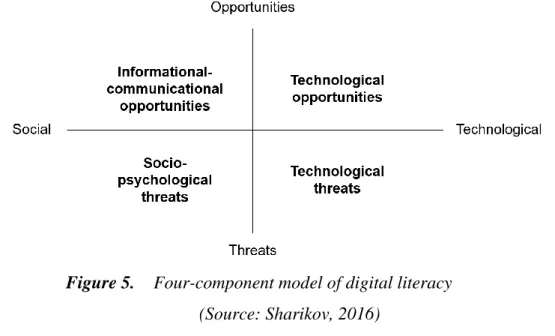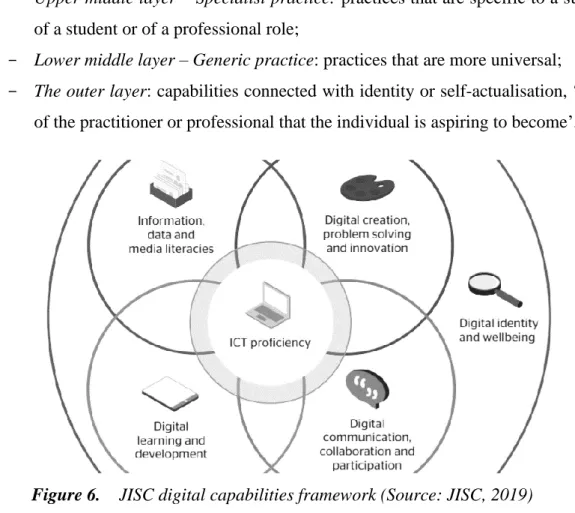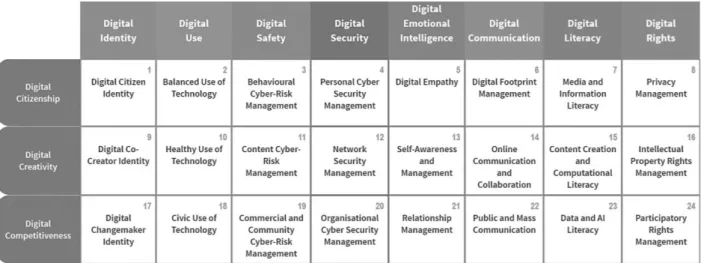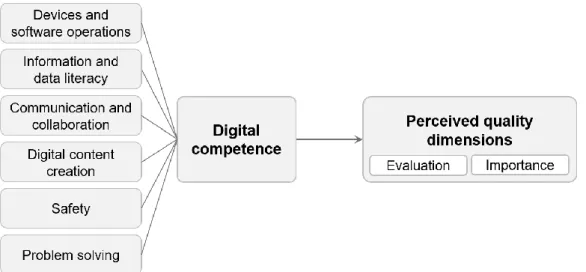Master thesis title The effect of the user's digital competence on the quality of the smartphone in the Russian market. Objective: to gain understanding about how the user's digital competence affects perception of quality dimensions in the Russian smartphone market. It is expected that users' level of digital competence will particularly significantly affect consumer perception of high-tech goods.
The characteristic that can be used to track the effect of an individual's digital competence on smartphone perception is perceived quality. Consequently, the research problem of this master's thesis is to gain insight into how the user's digital competence influences the perception of quality dimensions in the Russian smartphone market. AQ1: How does the individual level of digital competence affect consumer perceived quality dimensions on the smartphone.
RQ2: How does the individual digital competence level influence the importance of the perceived quality dimensions of smartphones to the consumer.
Digital competence phenomenon
Definition of digital competence
According to this perspective, "digital competence does not automatically derive from the ability to use ICT tools" (Ala-Mutka, 2008), and requires a new set of skills, knowledge and. In this MA topic, the following definition is used Digital competence is a set of knowledge, skills and attitudes related to the use of digital technology in the fulfillment of the individual's goals. A distinct perspective is emerging for a closer investigation of digital competence in relation to consumer perception and behavior.
Consumers' digital skills relate to the challenges facing today's consumers, not citizens in general. Consumers' digital competences are not defined appropriately in the academic literature, and 'there is still no consensus on what constitutes consumers' digital competences' (Golovacheva, Smirnova, 2019). Based on the above information, it can be concluded that consumers' digital competence and general digital competence are very different concepts.
Consumer digital competence concerns a narrower set of skills and backgrounds, while digital competence generally represents a more holistic approach.
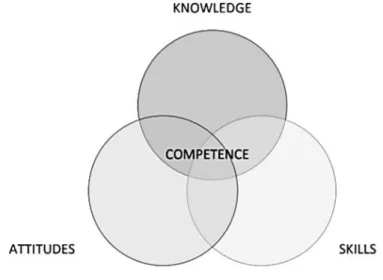
Models of digital competence
- Conceptual descriptive models
- DigComp-based models
- Models by Russian researchers
- Other models
Strategic competence: “the ability to solve problems, correct errors, and compensate for knowledge gaps” (Walker, 2015). The focus of the framework was narrowed and placed on the cognitive abilities of the respondent - the ability to analyze, understand and create meanings. In order to balance different views on digital competences, the author of the framework investigated 15 frameworks of digital competence (Ferrari, 2012).
In 2020, the all-Russian action “Digital Dictation” became the largest digital literacy test in Russia. The depth and breadth of digital consumption can be used to indirectly characterize individuals' levels of digital literacy. The attitude component of digital competence is expressed in the model through ‘motivation and responsibility’.
The outer layer: capacities related to identity or self-actualization, "the vision of the practitioner or professional that the individual wants to become."
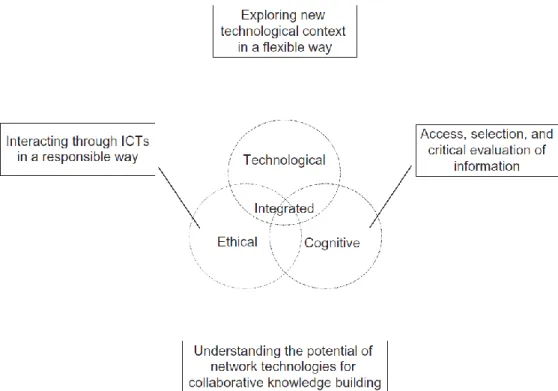
Development of research model
Development of the theoretical framework and research propositions
- Dimensions of perceived smartphone quality
- Additional factors influencing perceived smartphone quality
For each proposition, two metrics are included (as a and b subpropositions) – the evaluation of the quality dimension and the importance of the quality dimension. According to the authors of the durable goods quality dimension model used in the theoretical framework, “the importance and relevance of each of these dimensions varies by product category. The constantly changing nature of the ICT market is often associated with rather conservative consumer behavior - "the market welcomes and demands new solutions, but very few want to try them".
For smartphones, high performance is perceived as "ability to perform well" and "good consistent performance". Perceived versatility can be described as “more features than many other types of smartphones” (Boakye et al., 2014) as well as “latest and sophisticated features” (Bayu et al., 2019). This phenomenon can be described by consumers as "the phone couldn't keep up with my needs".
For example, a hierarchical segmentation analysis of attributes based on duration of smartphone use and consumption pattern – the number of annual leisure trips – has been performed to segment the Spanish consumers who use their smartphones for travel planning (Vallespín, Molinillo, Muñoz-Leiva, 2017).
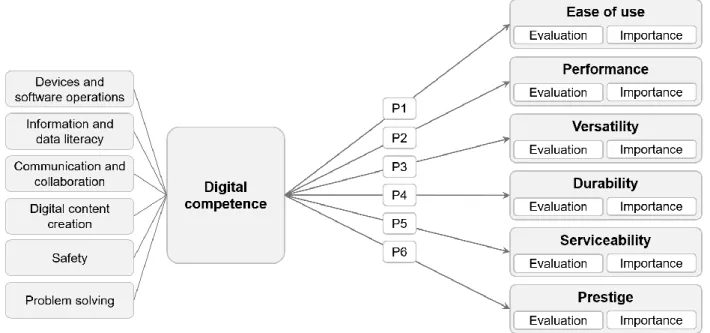
Research design development
- Choice of digital competence assessment technique
- Questionnaire development
- Data collection and analysis
Based on reviews of digital competence assessment techniques (Deursen, 2017; . Kluze, Pujol Priego, 2018; Laanpere, 2019) and theory on consumer and market research (Malhotra, Birks, Wills, 2012), a comparison table was compiled by the author, which appears in the table on the next page. The survey's questionnaire includes several blocks of questions: digital competency assessment, perceived smartphone quality assessment (including importance of quality attributes and evaluation of current smartphone in use), questions regarding perceived network quality, individual digital use and individual smartphone use experience. As defined in the previous paragraph of this master's thesis, a self-assessment technique is used.
A wider range of the Likert scale was chosen to allow a more accurate assessment of fluctuations in the level of digital competence among different respondents. The maximum number of links associated with the digital competence variable in the theoretical model is 15, therefore, according to the '10 times rule', the minimum sample size should be 150. The first main method of data analysis is exploratory factor analysis that aims by making the definitive list of factors that comprise digital competence and the new list of smartphone quality dimensions.
Second, the original models of digital competence and the dimensions of perceived model quality, which are included in the theoretical framework of this master's thesis, have components that may overlap internally. The proper application of SEM allows to understand the relationships between the studied constructs - digital competence and perceived quality. It includes the digital competence and digital use components derived from the previous chapter, as well as the proposed dimensions of the perceived quality of smartphones.
Two additional factors moderating the effect of digital competence on the perceived quality of smartphones were also introduced – perceived network quality and smartphone usage experience. In the research propositions, perceived network quality moderates the effect on evaluation of usability and performance, while smartphone use moderates all constructed relationships between quality dimensions and digital competence. P3 DC level has positive effect on versatility a) evaluation; b) importance P4 DC level has negative effect on durability a) evaluation; b) significance P5 DC level has positive effect on usability a) evaluation; b) importance P6 DC level has positive effect on prestige a) evaluation; b) significance P7 Perceived network quality moderates the effect of digital competence on .. evaluation of a) ease of use; b) performance.
A research design was developed to facilitate appropriate testing of the proposition in the research model. For the most part, it contains positively worded statements on digital competence and smartphone quality, which describe the high level of digital competence or smartphone quality.
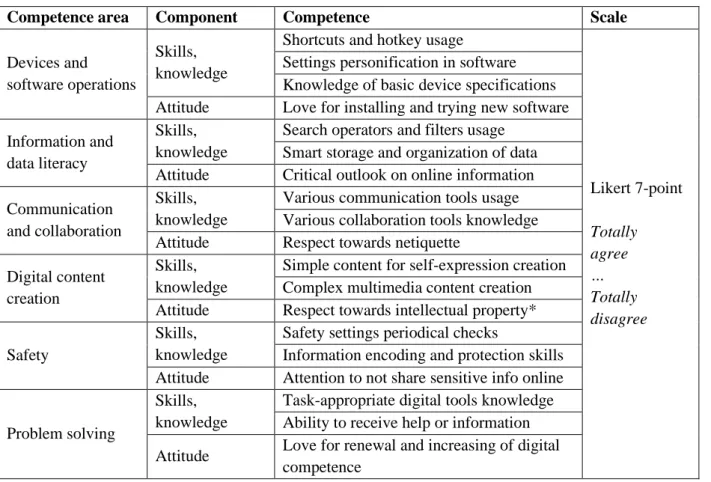
Data analysis and practical implications
Data analysis
- Obtained sample
- Exploratory factor analysis
- Research model and hypotheses testing
Low correlation with other voices - Highest average (>6.2/7) among. all items of digital competence - Low performance during EFA. low factor loadings, 'low value' of the resulting factors). The items showed inconsistency that could be attributed to personal characteristics of the respondent rather than the level of digital competence (eg individual level of suspicion, aspiration towards self-expression, attitude towards intellectual property, price perception). Low correlation with other items - Low performance during EFA. low factor loadings, 'low value' of the resulting factors).
Low Correlation to Other Items - Low performance during EFA. low factor loadings, low 'nominal value' of resulting factors) - Combination with check item. The resulting factors can be characterized by a high 'nominal value', consisting of individual digital competence, which are described below. After removing one of the two Ease of Use items, this factor remained represented with only one item.
The number of quality dimensions grew from six to seven, while the number of digital competence components decreased from six to three. However, all path coefficients and effect sizes of the relationships between digital competence and different quality dimensions were positive. It may also be caused by greater overall enjoyment of digitally competent consumers when using smartphones, and not just by the influence of digital competence itself.
Individuals with a higher level of digital competence tend to evaluate the ease of use of their smartphones more positively. This meets the notion of the 'digital efficiency' factor in the resulting digital competence factor model. P2(ab): Digital competence has a positive effect on performance a) evaluation; b) importance Individuals with a higher level of digital competence tend to evaluate the performance of their smartphones more positively.
P7a: Perceived network quality moderates the effect of digital competence on ease of use evaluation Network quality influences the relationship between digital competence and perceived ease of use – higher network quality reduces the effect of digital competence on perceived ease of use. This means that if the network quality is high, digital competence has less effect on evaluation ease, as consumers do not need to distinguish between network and device-related issues, and therefore do not need a higher level of digital competence. necessary for successful troubleshooting during connection issues.

Discussion of the results
- Data-based models and their interpretation
- Further practical implications
- Limitations and further research
65 Ease of use and performance were found to act as mediators between digital competence and other perceived quality dimensions. It means that the level of individual digital competence has a positive effect on the evaluation of the smartphone's ease of use and performance. Perceived network quality is still moderating the effect of digital competence on ease of use.
Consequently, high perceived network quality reduces the effect of digital competence on ease of use. One of the important contributions of the master's thesis is the development of a digital competence framework of Russian smartphone users. Of the eleven digital competency models analyzed in the first chapter, none contained a distinctive 'efficiency' component.
Another important limitation is related to the choice of self-assessment technique for measuring individual's digital competence. A model of quality dimensions was selected for application in the Russian smartphone market, and additional factors influencing the effect of digital competence on smartphone perceived quality were identified. A separate component of digital efficiency was discovered, which is not explicitly covered by current digital competence models.
The other two, more conventional components of the data-driven digital competence framework are the 'digital toolbox' and 'digital security'. The research propositions that were proven imply that the user's digital competence in the Russian smartphone market has a positive effect on the ease of use rating, performance rating, performance importance, and dexterity importance. Moreover, perceived network quality moderates the effect of digital competence on smartphone ease of use, decreasing the effect of digital competence on perceived ease of use.
The increase in digital competence will lead to higher evaluation and importance of product attributes. International Journal of Digital Literacy and Digital Competence (IJDLDC) The effects of service interactivity on the.

Questionnaire
Exploratory factor analysis
Ability to work even in adverse conditions (temperature, humidity, etc.). processing power, screen, memory, etc.).

Data-based models
